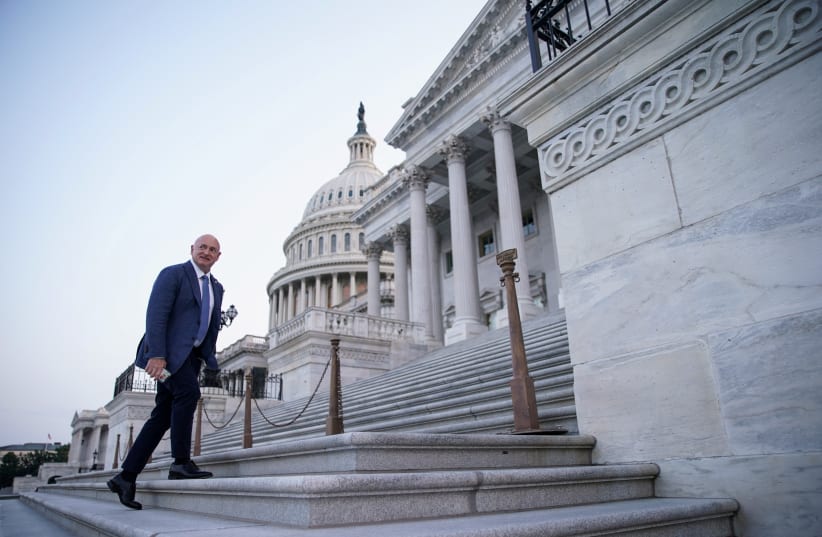WASHINGTON – The US Senate passed a massive $1.2 trillion package on Tuesday night dedicated to projects to improve roads, tunnels, railroad, and broadband internet access in rural areas.
The bill also includes $50 million over five years for the Nonprofit Energy Efficiency Act, for nonprofit energy efficiency upgrades. Sens. Amy Klobuchar (D-MN) and John Hoeven (R-ND) spearheaded the bill.
It would create a Department of Energy pilot program to allow nonprofits to purchase materials that promote efficient energy use and improve environmental responsibility. Grants would be available for upgrading existing infrastructures like windows, HVAC systems, and lights, as well as installing renewable energy generators such as solar panels.
The bipartisan bill must still pass in the House before the president can sign it into law.
Orthodox Union Advocacy Center Executive Director Nathan Diament, who has testified before Congress on the need for the Nonprofit Energy Efficiency Act, said in a statement that the OU Advocacy Center has been pressing for passage of this landmark initiative for more than a decade.
“We are immensely appreciative to the Senate for including it in the larger infrastructure package,” he said. “Our nation’s synagogues, churches, day schools, and many other nonprofits have badly needed to update their energy infrastructure but haven’t had the funds to do so. This legislation provides a long-awaited boost to the faith community and nonprofit sector alike by enabling them to allocate greater funding to programs and services and less to energy bills, ultimately decreasing their energy footprints.
“America’s nonprofits, including the senior centers, community health organizations, and food pantries that provide assistance for the most vulnerable, are often housed in outdated facilities and do not have the resources to modernize them,” said Eric Fingerhut, CEO of the Jewish Federations of North America. “The Nonprofit Energy Efficiency Act would fix that, paving the way for nonprofits to upgrade drafty, poorly insulated, decades-old buildings with inefficient heating and cooling systems and save on energy costs, all while reducing their environmental impact.”
